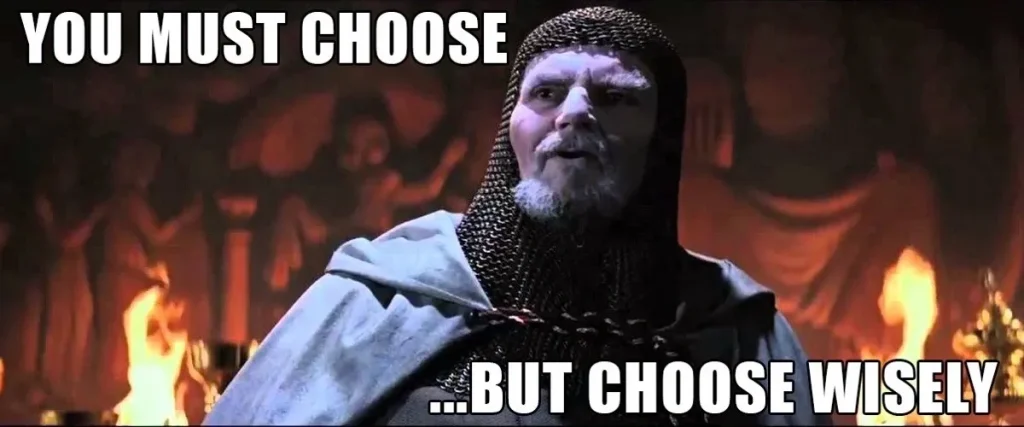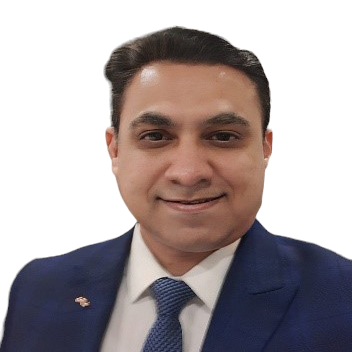From my days as an IT salesman, there are some things I remember distinctly. One of them was the way we would structure commercial terms of large transformation projects to meet the requirements of large Indian banks who needed the best technology, but at a hygienic price.
Make no mistake, a core banking implementation is a risky transition. Transaction processing is the lifeblood of any bank, mistakes there could impact business and reputation with both customers and the regulator. Though the core banking vendor would rarely be the system integrator too, banks would insist that the core banking vendor be mandatorily involved in the pilot rollout to the first few branches. Once this was done successfully, rolling it out to the remaining branches would be smooth more often than not.
Take a step back and read this again. The unsaid implication is that a huge part of the risk in a large project would get addressed the moment you got 25 branches working fine on the new setup. There on, we would bring in lower cost sub-contractors to complete the rollout and send the core implementation team on a well-deserved break or onto the next large project. The core team would do 5% of the total rollout but would work at 3x the billing rates, because they would build the working template that could be replicated at minimal risk.
Most of the business world works this way. In any new business, the initial core team works on getting the product market fit right and attempts to execute well enough to service a small set of customers satisfactorily. Once this concept gets proven and scalability is built into the business model, rolling this out to a customer base that is 1000x the size of the initial customer set is relatively easier. Once again this is because there is already is a template that works, just replicate and execute well.
There is a good reason why the core team which worked on building this template from the scratch takes home most of the spoils, the highly educated top B-school graduates who hop onto the bandwagon later on never get the same respect or the same $$ as do the core team members.
Ability does not count for much when one prioritizes safety and predictability over uncertainty all the time. The ability to hop between safety and unpredictability in response to changes in risk profile is an art that very few understand, leave alone master.
The highest reward goes to people who execute well in the face of tremendous uncertainty, the world does not care too much about people who execute well in a predictable environment. Started work at Amazon in 2015? Sorry to burst your bubble but you most likely don’t matter much in the larger scheme of things. Even if you are 10x better than someone who started there in 2000.
Link this back to the payoff structure that public market investors deal with; who makes the multibagger return?
The investor who hopped onto a story when the market cap was 700 Cr and scalability was yet to be proven?
Or the investor who hops on at a market cap of 4,000 Cr after the business model was proven and he has enough data to “build conviction” in the story?
It is the same game everywhere – entrepreneurship, start-up world, private investing (VC, PE) and public investing. Unless you are willing to put something at stake and take a leap of faith in the face of uncertainty, outsized returns rarely accrue. The commercial aspect of all deals implicitly acknowledges this dynamic. What one needs to be cautious about though is about the fact that risk taking is an element that is necessary but not sufficient. Risk taking by itself rarely pays off.
I hence find it hilarious when the stability seekers look at the risk takers and go “Life is unfair! I was a topper while that other bloke was a back bencher”. Sorry, you are a template executer while the other person was a template builder. You played different games which had different payoff structures. While you were enjoying the social security of a top brand name, the comfort of a five-star business stay and enhanced value in the matrimony market, the other person was slogging away for 12 hours a day with no visibility of any of these things. You sir, want the outsized return but not the potential risk that comes with it. Good luck with that.
Always be aware of the game you are playing, be even more aware of the unsaid and implicit payoff structures.
People who do not understand the nature of payoff structures well enough are setting themselves up for a lifetime of frustration. The outcome part of the payoff structure is very visible and tangible, the risk part of the structure is intangible and difficult to quantify.
Choose your risks, but choose wisely.

Play the percentages but take your chances when the odds are in your favor.
The true mark of intelligence is the ability to hold two conflicting ideas at the same time, yet function rationally and logically.
- Tremendous complexity in thought process but simplicity in execution.
- The ability to toggle between playing the safe shot and going for the lines in the blink of a second.
- The ability to discern the signal from the noise and to focus on what is most important.
- The humility to accept that you can sometimes lose even if you played the perfect game.
- The fortitude to back yourself in the face of tremendous uncertainty.
Might explain why template builders, good entrepreneurs and good investors and are so rare a breed.








